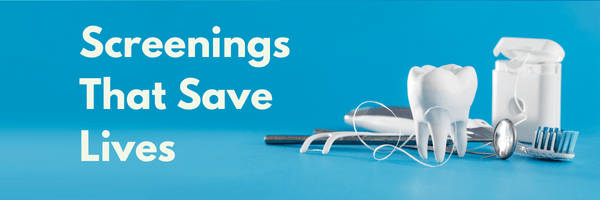
So…Where Are All the Clinical Candidates?
Posted August 10, 2020
My friend, author, and DDS, Chris Salierno, penned an article for DentistryIQ.com titled, Where in the heck are all of the good dental job candidates?
It’s the million-dollar question many dentists and office hiring managers have been asking and one that is not easily answered. However, I will attempt to do so using some of the data that we have collected. I won’t promise answers, but hopefully, this will provide a clearer picture in helping understand why there is a scarcity of Registered Dental Hygienists and Dental Assistants.
In 2022, DentalPost, in partnership with RDH Magazine, published our annual Salary Survey. The survey yielded responses from 8,855 dental professionals, including 3,977 hygienists. Here is some of that data and what I think it tells us.
Why are dentists struggling to fill clinical roles?
1. Lack of child care coverage.
With 97% of respondents identifying as female, hygienists between ages 35 and 44 are the most likely to have children under the age of 18 living in the household. The flexibility the field offers is particularly attractive to family-oriented and family-focused people who want to work part time or as needed only.
2. Aging industry that is retiring sooner.
Similar to other healthcare sectors, the dental industry is aging. Sixty one percent of respondents were 45 and older. There were equal numbers of RDHs ages 45 to 54 and ages 55 to 64. There were twice as many RDHs 65+ as 18 to 24. Because many professionals in the latter bracket were already close to retiring, some opted for early retirement.
3. They are not primary income providers in their households.
As previously stated, the fact that many clinicians are drawn to the industry for schedule flexibility and work-life balance means they don’t work as many hours. Thus, they don’t make as much money as a full-time earner. They are also less likely to be the sole income provider.
4. Some work part time and have an entrepreneurial side hustle providing extra income.
Most hygienists identify as full-time (66%), with the remaining working part-time (33%). Being a dental hygienist means more than working full-time or part-time; often it means deciding between one job or multiple jobs. As a response to limited hours offered, or to supplement income, today’s RDHs are increasingly entrepreneurial. In fact, there are a variety of ways RDH’s are earning income such as clinical and public health work, acting as sales representatives, or being educators/instructors.
5. Many have been unhappy with their workplaces for years.
Perhaps the most revealing statistic from the survey was that in 2019, 43% of RDHs were considering looking for a job within the next year. That is a significant percentage for any profession. When polled about their dissatisfaction, dental professionals sited not feeling valued, respected, or having ample benefits provided. Moreover, one out of three hygienists (33%) had actually applied for a new job in the past year. That is a strong indicator that dissatisfaction was perhaps reaching a tipping point.
6. The amount of graduates aren’t keeping up with retirees.
There is a currently a negative balance of those entering the dental workforce and those leaving.
What’s Next?
The dental labor market was in a vulnerable state for years thanks to an aging, freelance-heavy talent pool that lacked diversity, particularly around gender. Now we are in a talent crisis. We have an opportunity to learn, grow, and build back a talent pool that is more robust, diverse, and better equipped. Until then, make sure you present your practice as best you can today by writing a better job description and updating your interview questions. By doing so, you increase your chances of finding and attracting the best of the candidates that are seeking work.
Now that I have attempted to answer this question, I’ll put this one back out to our industry–what will we do as an industry to diversify, innovate, and improve when it comes to developing the next generation of dental clinicians and professionals?
We connect and educate more than 900,000 job seekers in the U.S. and Canada to build better places to work through teams that excel.







.png)


